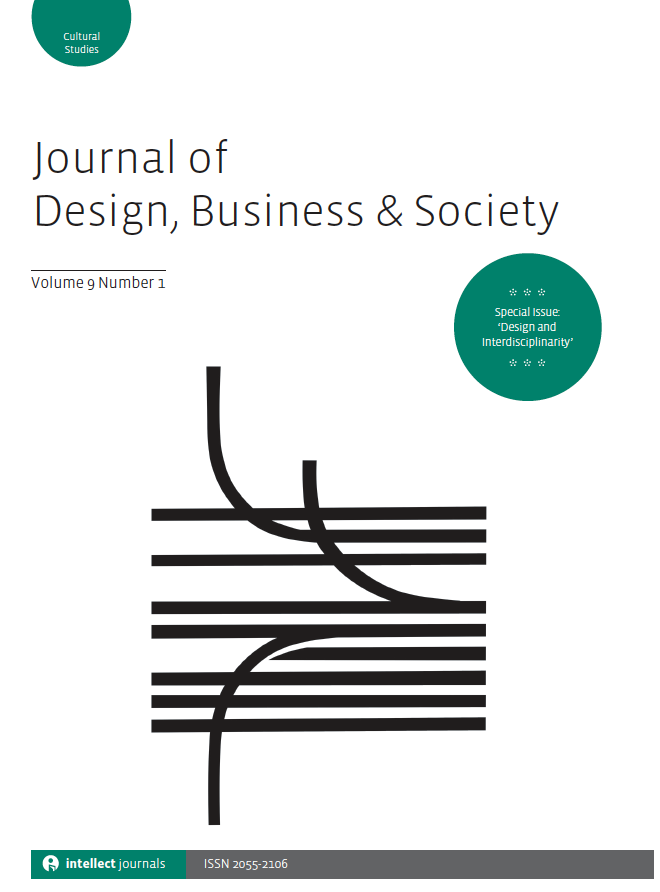
Full text loading...
 , Mikko Koria1
, Mikko Koria1 , Emilia Saarelainen2
, Emilia Saarelainen2 , Connor Dunlop3
, Connor Dunlop3
The UN Refugee Agency (UNHCR), a large, global organization, provides vital services and advocacy for millions of displaced persons around the world within a complex and unique mandate. To meet increasing demands in creative ways while fostering a culture of intrapreneurship, the organization has set up the Innovation Fellowship Programme, a learning initiative. This article examines how design may be used to foster intrapreneurship within large organizations. Through this single-case study we examine capabilities identified through mixed-methods within the context of an intrapreneurial process. Mapping abilities between individual vs. collective and exploration vs. exploitation dimensions enabled building a design-driven, stepwise intrapreneurial process model based on effectuation principles, recognizing the causation factors at play. Enabling structures and early, deep embeddedness of the design approaches, tools and methods have been found to enable success in developing intrapreneurial capabilities. Recognizing the importance of processes in applying design within organizations, this article maps out identified intrapreneurial capabilities to individual and collective orientations and the continuum between exploration and exploitation. Through a stepwise, design-driven process modelling, the article joins the competing logics and practices of effectuation and exploration of new opportunities with causation and the exploitation of existing resources, building on individual and collective capabilities and ambidexterity. Large, global and complex organizations have multiple challenges in suffusing design practices within their structure, capabilities and processes. While unleashing the potential of individual intrapreneurs is seen as important, the knowledge of how to create conducive structures, enable organizational processes and attend to individual capability build-up remains elusive, warranting attention. The article contributes to understanding how design can enable and enhance intrapreneurship in large global organizations through facilitating structures, developing intrapreneurial capabilities and modelling conducive processes.

Article metrics loading...

Full text loading...
References


Data & Media loading...

Publication Date:
https://doi.org/10.1386/dbs_00052_1 Published content will be available immediately after check-out or when it is released in case of a pre-order. Please make sure to be logged in to see all available purchase options.